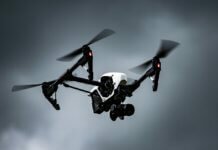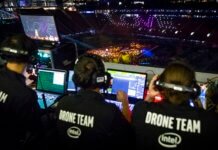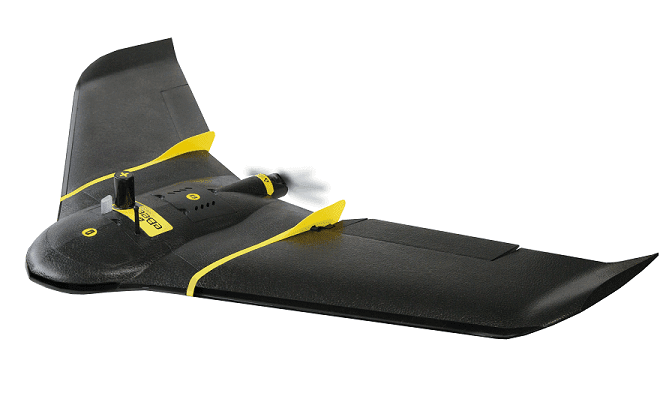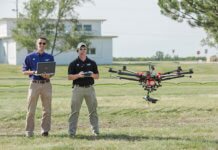The Atmospheric Turbulence and Diffusion Division (ATDD) of the National Oceanic and Atmospheric Administration’s (NOAA) Air Resources Laboratory is combining Black Swift Technologies’ (BST) SwiftCore flight management system (FMS) with UAV Factory’s Penguin BE drone in support of a joint research project with the University of Tennessee Space Institute (UTSI).
ATDD, located in Oak Ridge, Tenn., focuses on research on air quality, climate and boundary-layer processes both nationally and globally. Air quality research objectives include improving the understanding of air-surface exchange processes and increasing the predictive capabilities of air quality models.
According to BST, which is based out of Boulder, Colo., this project represents the first integration of its SwiftCore autopilot FMS with UAV Factory’s Penguin BE unmanned aerial vehicle (UAV), an electric-propulsion drone with a 3.3-meter wingspan.
Dr. Steve Brooks, an associate professor at UTSI’s department of mechanical, aerospace and biomedical engineering, says the Penguin UAV can “enable airborne measurements of hyperspectral and thermal imaging to assess surface fluxes of sensible and latent heat.”
“Yet we needed an autonomous autopilot for the aircraft capable of navigating the same flight path six times a day, 10 days in a row, and you want the aircraft over the same points at the same time,” Brooks continues. “Black Swift Technologies’ autopilot can very precisely control all aspects of our aircraft’s flight. We’re almost getting to the point where you hook everything up and put it on a runway, and it pretty much does everything on its own.”
BST says the SwiftCore FMS enables advanced control systems, which provide sensor-based control of the UAV. In turn, this minimizes operator workload and improves the quality of the observed data by autonomously modifying the flight path based on sensor inputs.
In addition to providing the FMS and ground station to control the aircraft, BST says it also integrated the sensors and cameras necessary to facilitate the myriad tests conducted. The payload included a Resonon hyperspectral imaging camera and TeAx combo thermal/RGB camera.
Leveraging BST’s mission planning software, scientists can program the Penguin in minutes to calculate the area under review and then begin collecting data for immediate analysis and decision-making, explains BST.
System training and aircraft flight tests were recently conducted in Colorado.
“The overall objective was to get our team experienced flying the Penguin and experienced using Black Swift Technologies’ autopilot – and the transitions from manual to auto control and vice versa,” says Ed Dumas, ATDD’s drone pilot. “BST’s autopilot is quite intuitive and has a nice interface. It’s easy to use. Everything we’ve seen so far gives me confidence that the autopilot and the aircraft are a good combination. I’m excited to get to work with this system.”











Leave a Comment
Your email address will not be published. Required fields are marked *